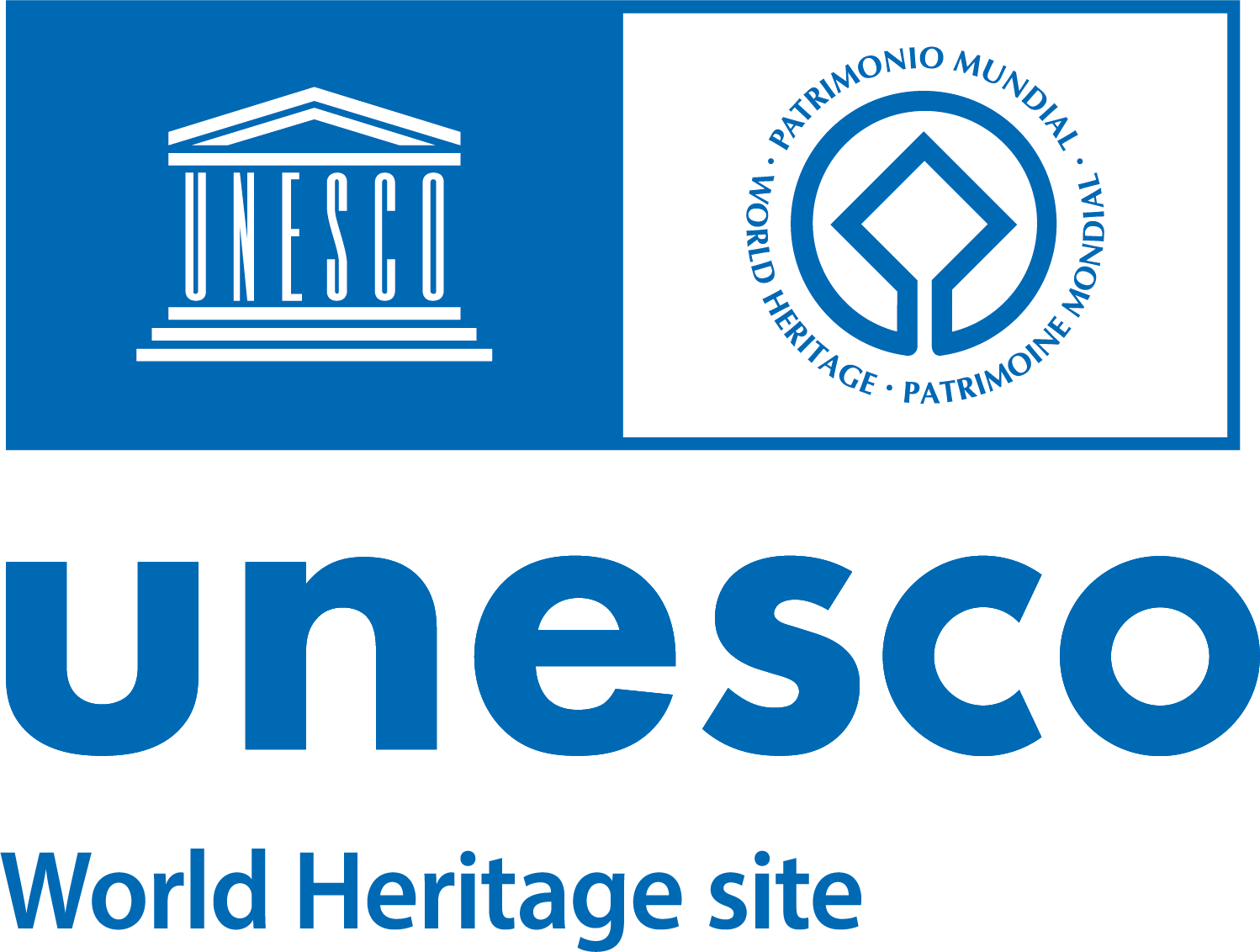The Porta Pia project was awarded to Michelangelo Buonarroti (1475–1564), who only designed the interior elevation. Building work, which began in 1560, came to a halt in 1565, leaving the pediment incomplete. The monument owes its current appearance to Pius IX (1846–1878), who, following a lightning strike in 1851, gave his trusted architect Virginio Vespignani (1808–1882) the task of reconstructing Michelangelo’s façade. All the masonry sections were rebuilt, and, of the original structure, only the lateral wall wings were retained.
In 1852 Silverio Capparoni (1831–1907) produced the fresco of the Madonna and Child (later turned into a mosaic in 1936).
Between 1862 and 1868 Vespignani also realized the exterior elevation, drawing inspiration from the type of triumphal arch comprising a single archway together with side niches; these housed the sculptures of Saint Agnes and Saint Alexander produced in 1865 by Enrico Amadori (1836–1867), who also did the Papal Angel on the bracket in the keystone of the arch. The dual gate structure with courtyard was thus brought to complete fruition.
Military operations during the capture of Rome on 20 September 1870 caused serious damage, above all to the decoration of the exterior elevation, the adjacent walls and the inner part of Michelangelo’s façade. Subsequent traffic requirements led to new passages being made in the two adjacent sections of wall, thereby completely isolating the gate, now home to the Museo Storico dei Bersaglieri.
Museo Storico dei Bersaglieri – Associazione Nazionale Bersaglieri (assobersaglieri.it)






1. Porta Pia, interior elevation, mosaic of the Madonna and Child, 1936.
2. Porta Pia, interior elevation, holder for the coat of arms, detail of the angels.
3. Porta Pia, exterior elevation.
4. Porta Pia, interior elevation, detail of the gateway with tympanum and crown.
5. Porta Pia, exterior elevation.
6. Porta Pia, interior elevation.


